Maximizing Seed Tray Efficiency: A Full Guide to Spacing, Soil, and Watering Tips
2025-07-10 00:13:42
For gardening enthusiasts, seed trays are an essential tool for starting a planting journey. Whether it;s a small balcony garden or a large-scale greenhouse, using seed trays effectively can significantly improve planting efficiency and help seedlings thrive. In this article, we’ll explore three key factors—seed spacing, soil selection, and watering methods—providing practical tips to enhance your planting process.
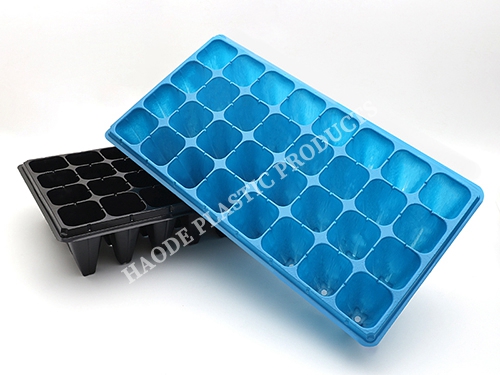
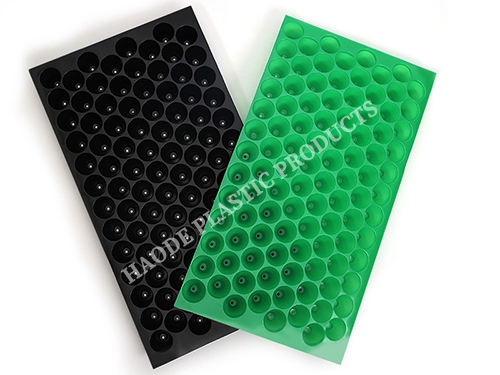
Precisely Adjusting Seed Spacing
Seed spacing is a crucial factor influencing the efficiency of seed trays. Adequate spacing ensures each seed has enough room to grow, avoiding competition for nutrients, water, and light, which helps promote healthy growth.
Different Seed Spacing Requirements
Different seed varieties require varying amounts of space during germination. For example, small seeds like lettuce or arugula can be sown densely, with a spacing of 1-2 cm, as they grow quickly and don;t need much space in the early stages. On the other hand, larger seeds like pumpkins or zucchinis need more room, with spacing ranging from 5-10 cm to allow for proper root development.
Marking and Recording
To ensure accurate spacing, you can use markers such as toothpicks or small wooden sticks to mark the seed positions on the tray. It;s also recommended to record the planting date, spacing, and expected germination time for each seed. This not only helps improve planting efficiency but also helps you track the growth patterns of different seeds for future planting.
Carefully Select the Right Soil
Soil is the foundation for seed growth, and choosing the right soil can significantly enhance seed germination and seedling health.
Ideal Soil Composition
An ideal planting soil for seed trays should have good drainage and aeration, ensuring the soil stays moist without becoming waterlogged. It’s recommended to use seed-starting mix, which typically contains organic matter, perlite, and vermiculite, offering both aeration and water retention properties. If seed-starting mix is unavailable, you can create your own blend by mixing leaf mold, peat moss, and perlite in a 3:2:1 ratio. This homemade mix is rich in nutrients and breathable, perfect for seed germination.
Soil Sterilization
Before sowing, it’s important to sterilize the soil to eliminate harmful pathogens and pests that could hinder seed germination. You can leave the soil in the sun for a few days to kill bacteria using UV rays, or use a suitable soil disinfectant as per the product instructions. Proper soil sterilization ensures a clean and healthy environment for seed growth.
Controlling Soil Moisture
Before planting, thoroughly water the soil, but avoid over-watering it. After sowing, monitor the moisture levels and water when necessary, keeping the soil moist but not soggy. Over-wet soil can lead to seed rot, while dry soil can prevent seeds from germinating.
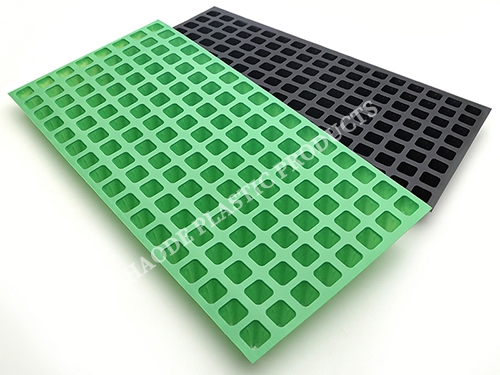
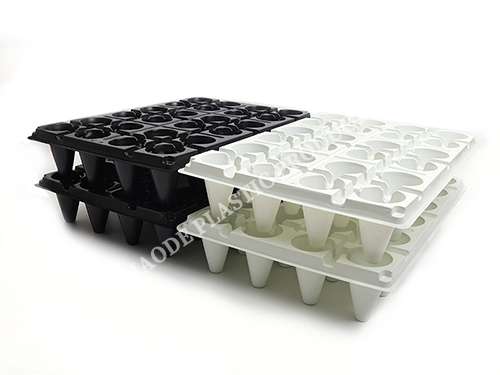
Scientifically Mastering Watering Techniques
Watering is a vital part of seed tray management, and the right watering methods can greatly improve seed germination and seedling growth.
Best Time for Watering
Watering is best done in the morning or evening, avoiding the midday heat. During midday, water evaporates quickly, which can cause rapid soil temperature fluctuations, hindering seed germination and seedling growth. Early morning or evening temperatures are more moderate, and evaporation is slower, helping the soil retain moisture for longer periods.
Watering Frequency
Before seeds germinate, the soil should remain moist but not overly saturated. Watering once every 1-2 days is usually sufficient. After the seeds have germinated, you can increase the frequency of watering depending on the seedlings; growth needs, but always ensure the soil is not excessively wet.
Watering Tools
It’s best to use a watering can or a tool with a gentle flow to avoid disturbing the soil. This helps ensure that the water is evenly distributed across the soil surface, allowing each seed to receive adequate moisture without disrupting seed placement or damaging root systems.
Conclusion
By precisely adjusting seed spacing, choosing the right soil, and mastering proper watering techniques, you can maximize the efficiency of your seed trays, providing an optimal environment for seeds to germinate and seedlings to grow. We hope these tips help you enhance your gardening process and enjoy the joys of planting.
Continuous learning and experience accumulation are key in gardening. While our company specializes in providing high-quality seed trays, we also aim to offer valuable gardening knowledge to help you with your planting journey.
References
National Gardening Association
Royal Horticultural Society

The CNC Seed Braiding Machine is a high-precision, fully automated agricultural equipment s...
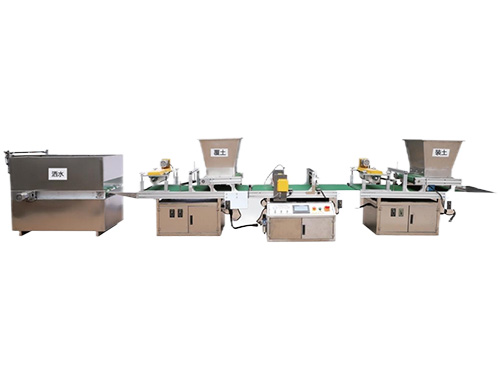
It adopts electrical integration and can be started by pressing the fully automatic button ...
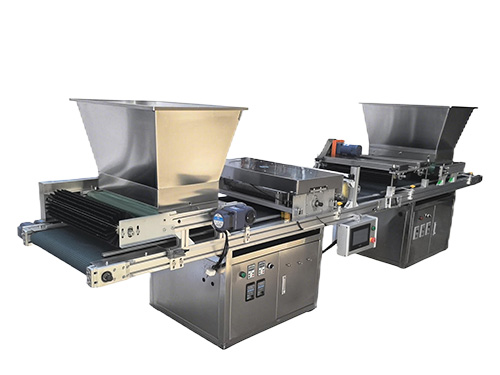
The XP750 seeder has stable performance, excellent product quality, simple and convenient o...
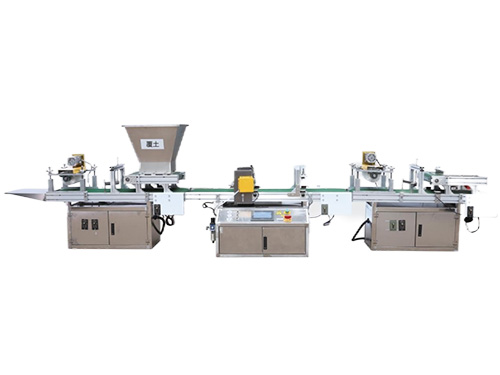
It adopts electrical integration and can be started by pressing the fully automatic button ...



